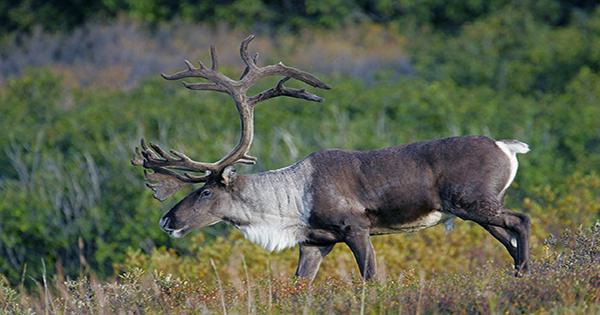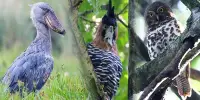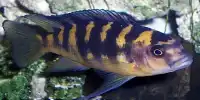You may have seen a fantastic Reddit post that seems to demonstrate the dramatic transition of reindeer eyes from golden brown to White Walker blue in the winter. Unfortunately, the brilliant blue eye is a modified version of a real photograph from Alamy, hence this shot is a fake. The winter wonderland makeover, on the other hand, has some validity. The only creatures known to alter their eye color in the winter are reindeer, although the effect is not as noticeable.
However, once you see what is going on within the eye, it is quite a dramatic transformation. One that was discovered when neuroscientist Glen Jeffery found himself in possession of a large bag of reindeer eyeballs without asking for it.
To be fair, Jeffery had a valid reason to wind up with the scary item because he was investigating animal vision at the University College London in the United Kingdom. Colleagues went to Jeffery with a bag of googlies, hoping to learn how reindeer coped with the significant shift in light conditions they faced on a yearly basis.
Reindeer eyes collected from animals murdered in the summer and others slaughtered in the winter discovered to have more amazement than a Kinder Surprise, despite the fact that it seemed like an imposition. “I felt it was a stupid concept,” Jeffery told National Geographic, claiming that the adaption was due to the animals’ cerebral function rather than their physical sight. “I ripped them open and said, ‘Jesus Christ!’ Please bear with me. They’re a distinct shade of blue.”
The tapetum lucidum, sometimes known as the “cat’s eye,” is located behind the retina and is where the change takes place. It works like a mirror, reflecting light that passes through the retina back onto it, giving the eye two chances to detect photons and make sense of the world.
In the summer, most animals have golden cat’s eyes, which are also true of reindeers, but they become blue in the winter. Reindeer’s eyes permanently dilated throughout the long winter months in order to see as much as possible in the gloomy conditions of the Arctic Circle, where some areas receive little sunshine for up to six months of the year. This raises the pressure in the eye, causing the collagen in the tapetum lucidum layer to become less densely packed.
As they clump together under the increased pressure of the eye, the way they reflect light shifts from yellow to blue wavelengths. In addition, voila, you have yourself a blue cat’s eye. Jeffery made the discovery and colleagues in 2013, but accounts from the time indicate that the results had a lasting impact. “I practically fell off my lab bench when I opened my eyes,” Jeffery told Live Science. “The contrasts were so striking, and I knew no one had ever seen anything like that… We have evidence that in the winter, the blue reflection intensifies UV radiation, but in the summer, it lowers it.”
Reindeer’s color-shifting eyes may not appear White Walker blue to the naked eye, but they do provide them an edge in the dark. What is our recommendation? Stay on Rudolf’s good side as winter approaches. Did you know that reindeer have five adaptations that make them ideal for towing Santa’s sled? (As well as five scientific reasons, Santa should complete the trek.)
















